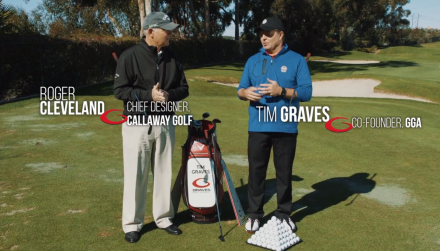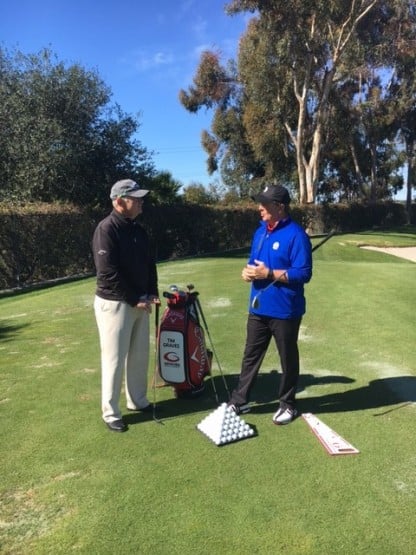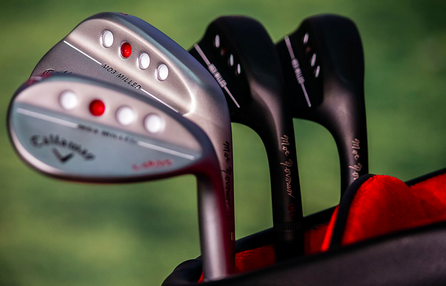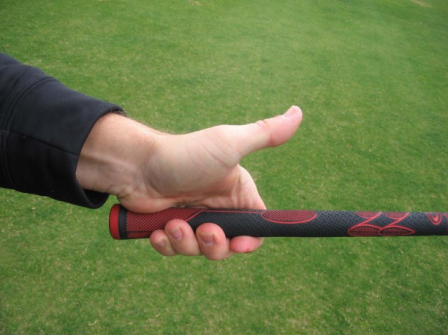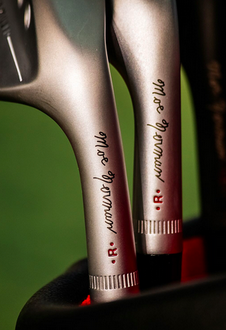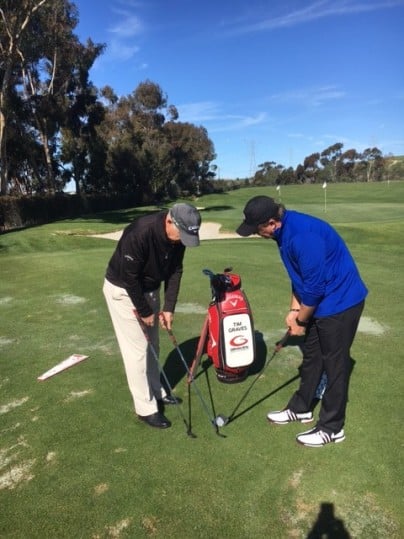Some of you may have read this “similar” article before and even rated your wedge game in the past.
Whether you have done so in the past, or have never rated your wedge game, I strongly suggest doing again (or for the first time).
This is something I recommend doing routinely – as the higher your rating, the higher your potential for great scoring.
**********
Assume many of you watches the “big boys” (and ladies) play in the weekly PGA, LPGA or Senior PGA tournaments.
As you watch these tournaments, how many times do you think you heard the announcers mention spin…. whether shots into the green, pitch shots to the green, flop shots, etc… it is mentioned again and again and again, as it is critical to be able to put backspin on the golf ball to stop it on greens.
As golf course maintenance improves and the golfer’s expectations of greens increase, greens have become harder and faster over the past years. Think of greens 15 to 20 years ago compared to today’s greens…. it is more important than ever to be able to create spin on the golf ball to be able to score.
So, I decided to write a practice tip that will let you rate your wedge game potential. This rating will show you where you currently stand (potential to create spin/have a great wedge/scoring game) and will also show you where you can improve your wedge game.
There are 9 areas – each is to be rated on a scale of 0 to 3.
Keep a running count and finally a total of the 9 areas.
Creation of Spin:
The 3 major factors that affect spin are:
areas (above) to work on.
An interesting comment I often hear is, “I don’t play good enough to care about creating spin on my short game shots.” Could not be further from the truth. The more greens you miss, the shorter game shots you will have – and the more you will need to hit good shots that have spin when needed. Basically all short game shots should have some type of spin – some more than others. A short chip will have spin as it hits the green – allows you to be more aggressive. A pitch or lob/flop shot needs spin to stop quick and even most bunkers (sand trap) shots need spin to get close to the hole.
Let’s give a “short” review of each area above and if you scored low, how you can improve that area.

